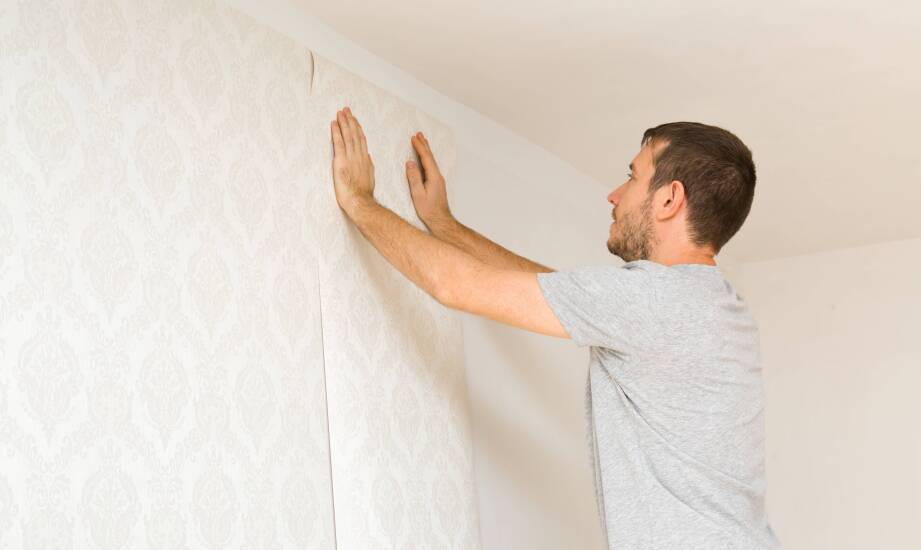Sponsored article
Glue or Paste for Wallpaper: What to Choose for Hanging Photowallpaper?

Choosing the right material for hanging photowallpaper is crucial to achieving a durable and aesthetically pleasing result. This article discusses the differences between glue and paste for wallpaper, their properties, and their application in the context of photowallpapers. You'll learn what to consider when making a decision to enjoy a beautiful interior for a long time while avoiding issues with peeling or damage to decorations.
Read more: What materials cannot be welded with high frequency?
What Are the Advantages of Wallpaper Glue?
Wallpaper glue is a popular choice due to its ease of application and quick drying time. It comes in various forms, such as powdered or ready-to-use glue. Its components include cellulose, starch, or synthetic polymers. The main advantages are the simplicity of application—simply spread it on the wall or photowallpaper—and its short drying time, which speeds up the work. Photowallpaper glues producer ensures that it is also flexible, making adjustments easier during installation. Some options are also resistant to moisture and mold, which is significant in rooms exposed to such factors.
Read more: How does a double-sided planer make woodworking more efficient?
Advantages of Wallpaper Paste
Wallpaper paste is an alternative to glue and works better in some situations. Its main features are flexibility and the ability to retain moisture within the material. It's recommended for installing photowallpaper made of fiberglass or paper. Additionally, paste is excellent for walls with high absorbency, where traditional glue might not provide adequate adhesion. Benefits of using paste include easier removal of the material from the wall surface and a reduced risk of damaging decorations during dismantling.
How to Make a Choice?
When deciding on glues or pastes for wallpaper, it's important to consider several key factors. Firstly, the type of photowallpaper is significant—some require specialized products to ensure lasting adherence to the wall. Secondly, the wall surface influences the choice—smooth walls work better with various types of glues offered by their producer, Grupa Pronicel, while uneven surfaces might require more advanced solutions in the form of pastes. Room conditions, such as temperature and humidity, also play a role. Therefore, consulting a specialist or thoroughly analyzing available information is advisable to avoid problems with application and peeling of photowallpapers.
Remember This Before Choosing Material for Photowallpaper Adhesion
Choosing between glue and paste for wallpaper is crucial for achieving lasting adhesion when installing photowallpapers. Wallpaper glue is characterized by ease of application, quick drying time, and flexibility, which facilitates adjustments. Wallpaper paste, on the other hand, offers better adhesion in humid conditions and easier material removal. When choosing, consider the type of photowallpaper, the wall surface, and the conditions in the room. Additionally, proper surface preparation is essential for achieving a satisfactory result.



